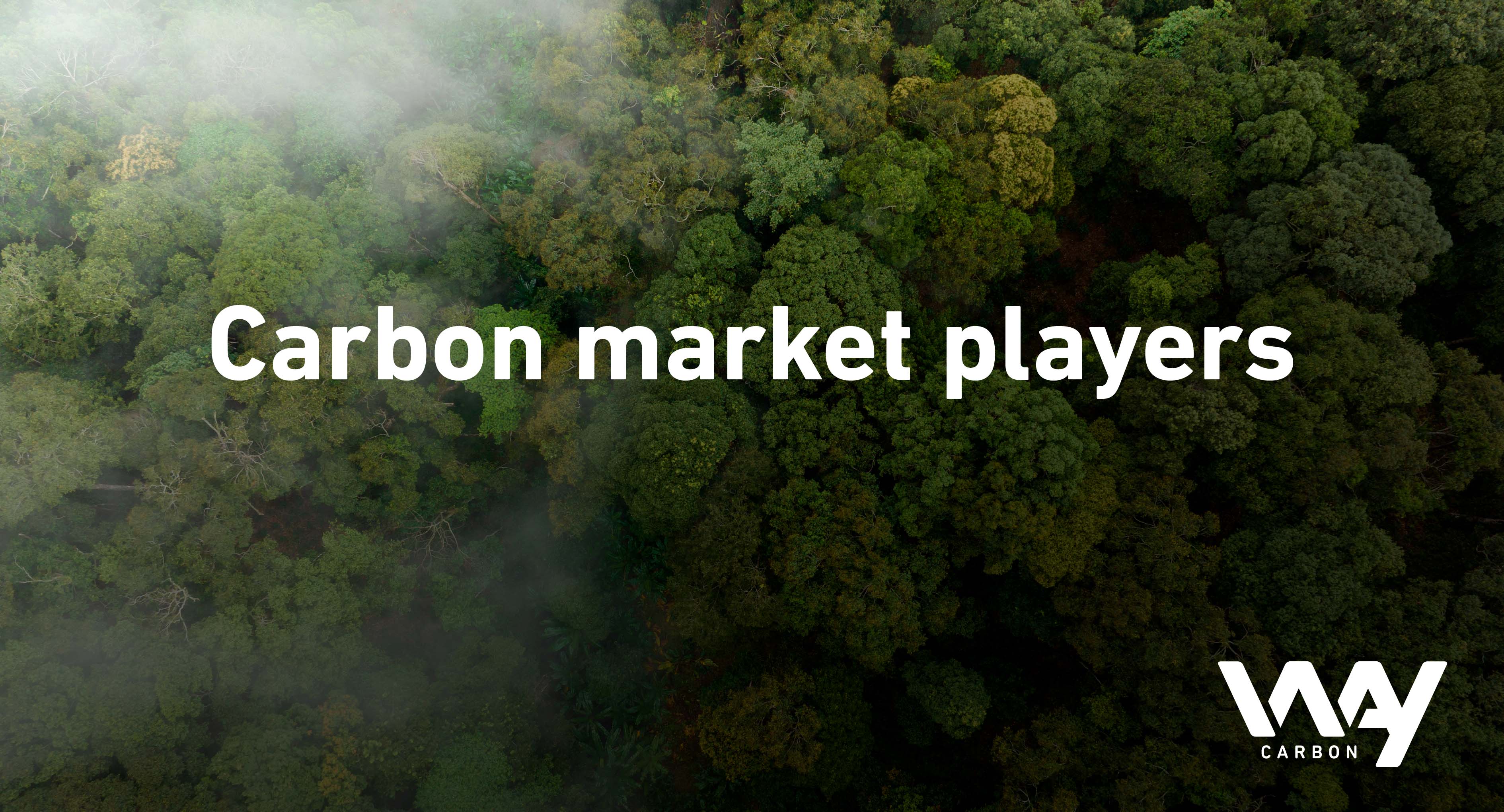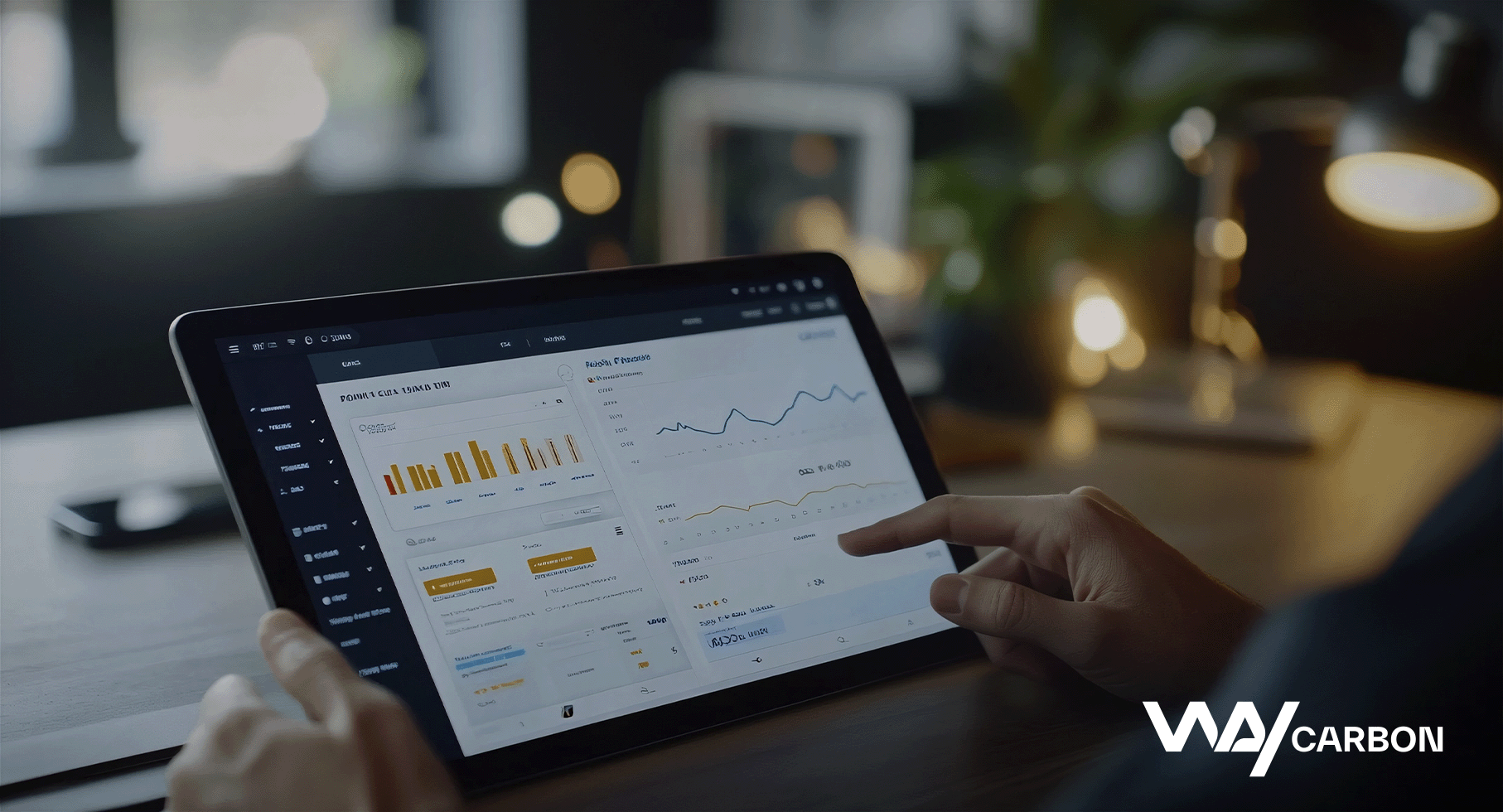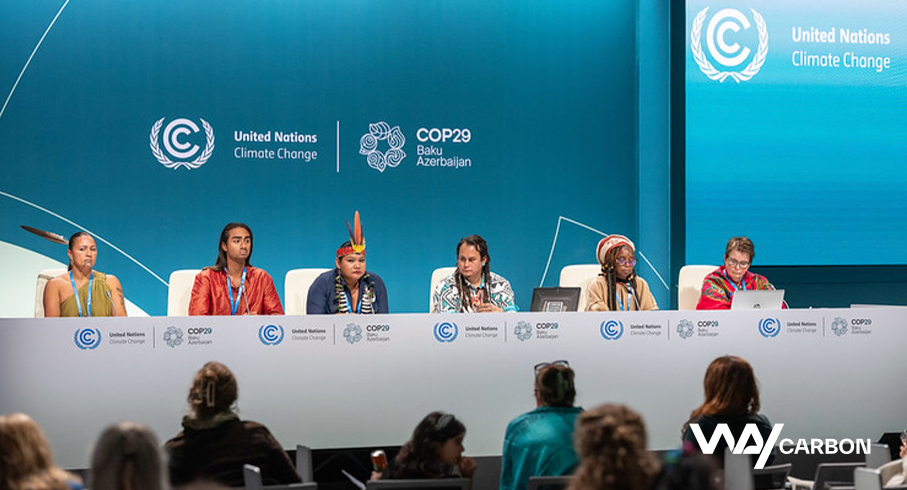What are the roles of companies in the carbon market?
Carbon markets have been growing significantly in recent years worldwide. The voluntary market surpassed the US$ 2 billion mark in 2022 (FOREST TRENDS’ ECOSYSTEM MARKETPLACE, 2022). In the same period, the regulated market reached 23% of global emissions, equivalent to 12 GtCO2e (WORLD BANK, 2022). In the voluntary market, carbon credits generated by projects to reduce or remove GHG emissions are acquired by companies or individuals with aiming at offsetting their GHG emissions.
The carbon credit generation process involves several steps. First, the design of the project is carried out and the documentation for registration is prepared, containing details about the area, the registered methodology to be implemented and the estimated annual emission reduction, among other relevant data. In order for the project to be approved, a validation audit carried out by a third party is required to certify that the project will be able to generate carbon credits.
After registration, the project can be implemented and every so often its activities must be monitored so that GHG reductions or removals can be analysed. At each monitoring, a verification audit must be carried out by a third party and results of it will make it possible to request the issuance of carbon credits with the registration program. The purchase of credits for offsetting emissions can be directly carried out with those responsible for the project or through intermediaries. The figure below summarises the sequence of steps.
What are the roles of companies in the carbon market?
In this context, there are several options for companies to enter this market and for people from different backgrounds who want to work with carbon credits. Market actors can be divided into those who work in the supply of credits, those who work in demand and others who work across both supply and demand. These forms of action will be described below.
Proponents
As actors of the offer, we should mention the project proponent, the funder, the project developer, the implementer, and the technology suppliers. The project proponents are those who have overall control and responsibility for the project, they are the “owners” of the project. They are the ones who will have the ownership of the credits after they are issued. A project can have one or more proponents, which can be individuals or organisations.
Funders
As the financial resources for the project will not necessarily come from the proponent, the project may have funders, usually investors or financial institutions that provide capital for the development of carbon projects directly or through funds.
Developers
Considering that technical knowledge is required to prepare the necessary documentation for registration and analysis of how the methodology should be implemented, a project needs developers for data extraction, analysis, identification of adherent methodologies and preparation of the necessary documents for project registration.
Implementers
For the implementation and operation of the project, there needs to be implementers, usually local companies or NGOs, for the continuous operational work on site. And often the technology for implementation or monitoring of carbon projects will come from technology suppliers.
Buyers
On the demand side, there are final buyers, interested in acquiring credits for their own emissions offsets, and intermediary buyers who will link projects to final buyers. Intermediary buyers can be traders, who resell credits and take advantage of credit appreciation in the market for capitalisation, or brokers, who earn commissions on sales.
Supporting actors
In support of the credit generation process there are: registration programs, also known as standards, which are institutions that act in defining criteria, rules and methodologies for issuing carbon credits; third-party auditors, who audit project activities and its reductions or removals of GHG emissions, in accordance with the rules of the project standard and methodology; and the local community, often made up of indigenous and other traditional populations, who are directly impacted by project activities and ought to be part of the project design process. Also, non-profit organisations, government institutions, political figures, law offices, among others, are all potential actors.
Can a company have more than one way of acting in the carbon market?
Sometimes, the same company may have one or more ways of acting, which demonstrates the transversality of the ways of acting in the carbon market. It has been noticed a movement of companies that already acted in some way in the market towards becoming project proponents. For example: more and more final buyers have also acted as proponents and/or financiers of carbon projects due to the scarcity of a certain type of credit or the search for a guarantee to meet their demand. Another example is that of development companies, which were usually sought after by the proponents, and who are now also looking for partners so they can become project proponents themselves.
Brazil offers opportunities
Brazil has a leading role in the generation of carbon credits worldwide.To learn more about the companies that operate in each of these roles and the barriers and opportunities for each way of acting, read the report Opportunities for Brazil in carbon markets 2022, developed by ICC Brazil and WayCarbon.
Do you want to better understand how your company can operate in the carbon market? Please contact our experts.
References:
FOREST TRENDS’ ECOSYSTEM MARKETPLACE. The Art of Integrity: State of the Voluntary Carbon Markets 2022 Q3 Insight Briefing. In: 2022. Available at: https://www.ecosystemmarketplace.com/publications/state-of-the-voluntary-carbon-markets-2022/.
ICC BRAZIL; WAYCARBON. Oportunidades para o Brasil em mercados de carbono. Brazil: ICC Brazil and WayCarbon, 2022. Available at: https://conteudo.waycarbon.com/oportunidades-para-o-brasil-em-mercados-de-carbono-2022
WORLD BANK. Carbon Pricing Dashboard | Up-to-date overview of carbon pricing initiatives. [s. l.], 2022. Available at: https://carbonpricingdashboard.worldbank.org/map_data.
 EN
EN  ES
ES PT
PT


